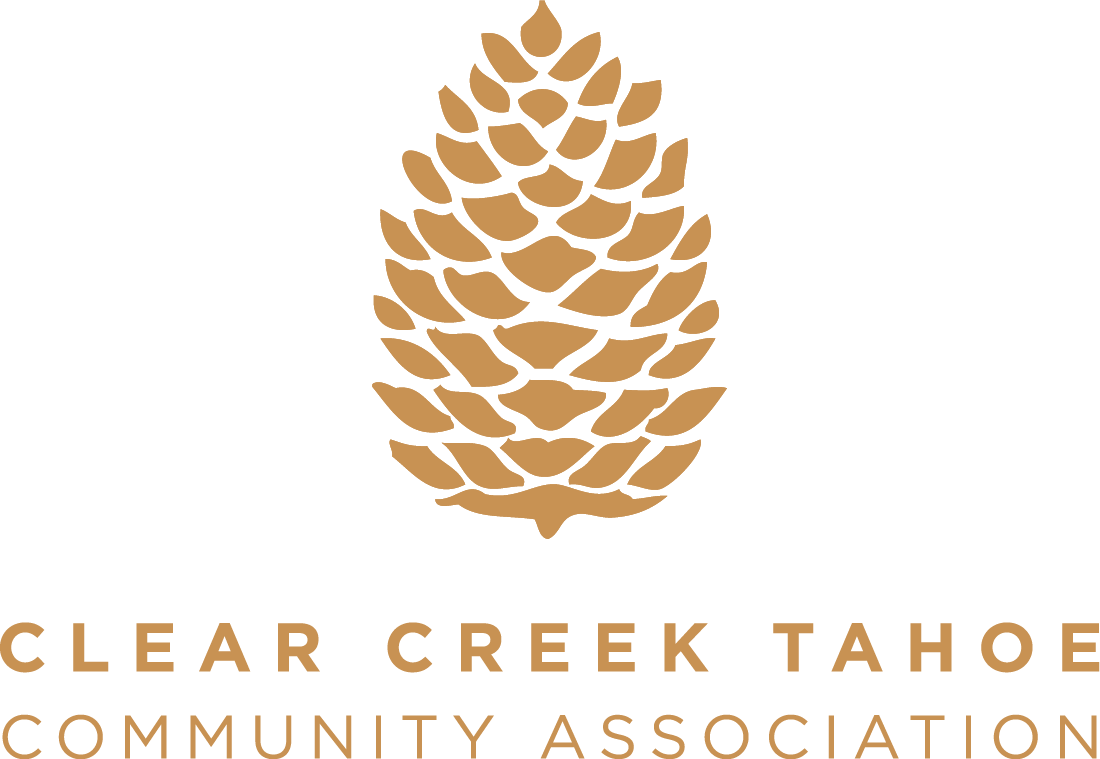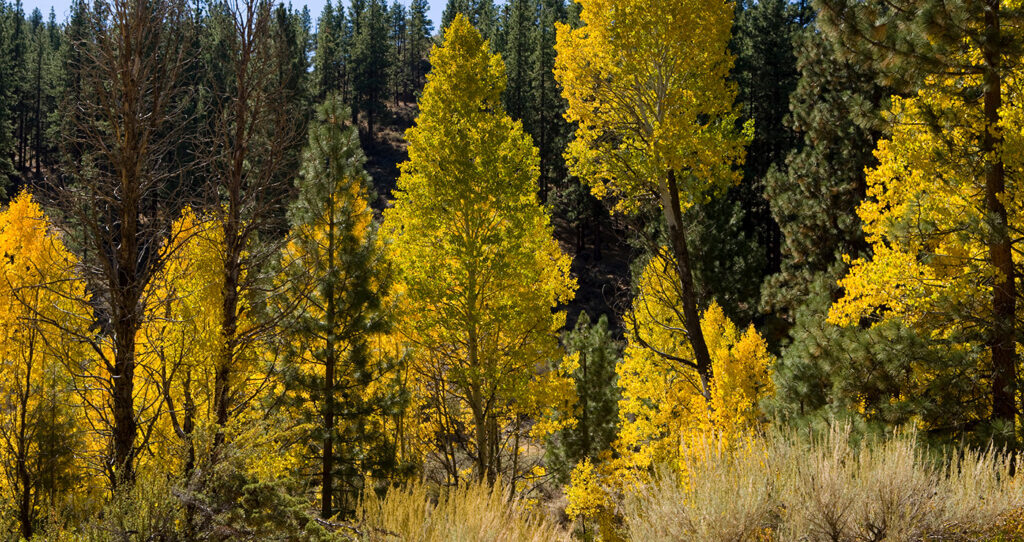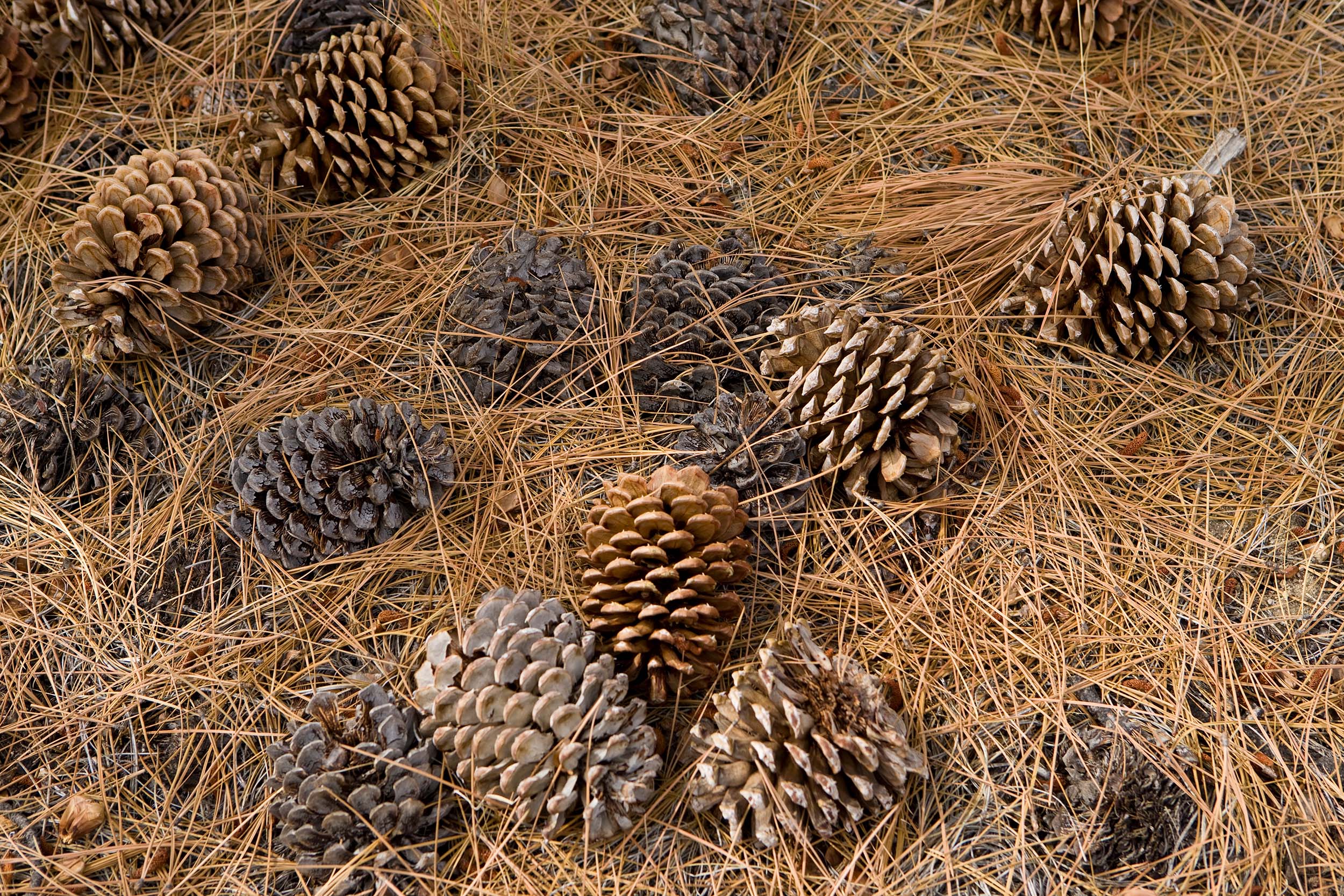Defensible space at Clear Creek Tahoe
community fire preparedness
We feel it’s our privilege to protect this truly unique environment.
We strive not to just build, but to restore and maintain the natural landscape, not just for us, but for future generations as well. It’s easy to envision a future here – for you, your children, and for their children, enjoying the natural beauty and recreational opportunities of these treasured places, and knowing that you have played an important part in keeping the land as it should be, now and forever.

Community Fire Preparedness Resources
wildland urban interface code

WUI stands for Wildland-Urban Interface
The Wildland-Urban Interface (WUI) is where communities border undeveloped forests, grasslands or shrublands, creating high wildfire risk as flames spread easily between vegetation and structures. The International Wildland-Urban Interface Code addresses this by prescribing standards for building, altering, repairing and maintaining structures—and for managing fuels on undeveloped or unmodified lots—within these zones to protect life and property.
firewise usa certified
what is a firewise uSA community
As a Firewise-certified community, we partner with National Fire Protection Association (NFPA) and The Nature Conservancy to ensure safety and long-term land stewardship. Firewise USA offers a framework for neighbors to organize, boost home ignition resistance, and reduce local wildfire risk.
Click here to visit the NFPA Website

Defensible Space, Landscape planting & home hardening guides
Defensible space starts with your home
Defensible space around homes is the strategically managed buffer of vegetation and combustible materials surrounding a house that reduces wildfire spread and protects the structure from ember ignition. It involves clearing flammable underbrush, pruning tree limbs that overhang roofs, and maintaining non-combustible zones of gravel or rock to interrupt fire pathways. Proper upkeep of this zone not only improves wildfire resilience but also gives firefighters a safer area to defend your property.
In this guide, you can learn about how to create an aesthetically pleasing and safer landscape that can reduce the impacts of wildfire on your home.
University of Nevada Cooperative Extension’s Living With Fire Program plant and tree publication for fire-resistance.
This Guide includes specific recommendations for how to retrofit existing components of a home to withstand wildfire.
know your zones
Defensible space is divided into zones
A defensible space strategy divides the area around a home into concentric zones—zone 0 (0–5 feet), zone 1 (5–30 feet), zone 2 (30+ feet), and an optional transition zone (100–200 ft)—each designed to reduce wildfire fuel and ember ignition risks. The closest zone uses noncombustible surfaces and ember-resistant features, the near-home buffer focuses on thinning and pruning vegetation, and the outer zones employ tree spacing, ladder fuel removal, and fuel breaks to slow advancing fire.
Zone 0
Ember Resistant Zone | 0-5 feet from Home
Remove woodpiles; wood mulch and other combustible mulch; junipers, sage and other high-fire-hazard plants; dead leaves; pine needles; and weeds. Use hardscaping, such as gravel, decomposed granite, rock, concrete, brick or pavers. No plants are fireproof, but if you must have plants in this zone, favor plants that are low growing and nonwoody with high moisture content. Understand that wildfires can occur during the fall and winter. During those seasons, plants become dormant, contain less moisture and can burn easily.
Zone 1
Lean, Clean and Green Zone | 5-30 Feet from Home
Lean – Reduce the flammable vegetation to a small amount, if any. Ensure discontinuous islands of vegetation. Mulch can be used, but not in a continuous, widespread manner and should be surrounded by noncombustible options, such as decomposed granite or irrigated lawn. Clean – Remove all dead or flammable debris. Avoid mass plantings of shrubs and trees. Green – Keep plants healthy and irrigated (when possible). If located in a pine-dominated ecosystem, remove all pine needles once in this zone in the spring. Needles can accumulate during the colder fall and winter months.
Zone 2
Reduced Fuel Zone | 30+ Feet from Home
Eliminate all dead or dried vegetation. If living in a pine-dominated ecosystem, don’t allow pine needles on the ground to exceed 3 inches in depth. Create separation between shrubs or small groups of shrubs and trees. Remove ladder fuels, or low-growing vegetation that promotes fire from the ground to the tops of trees.



